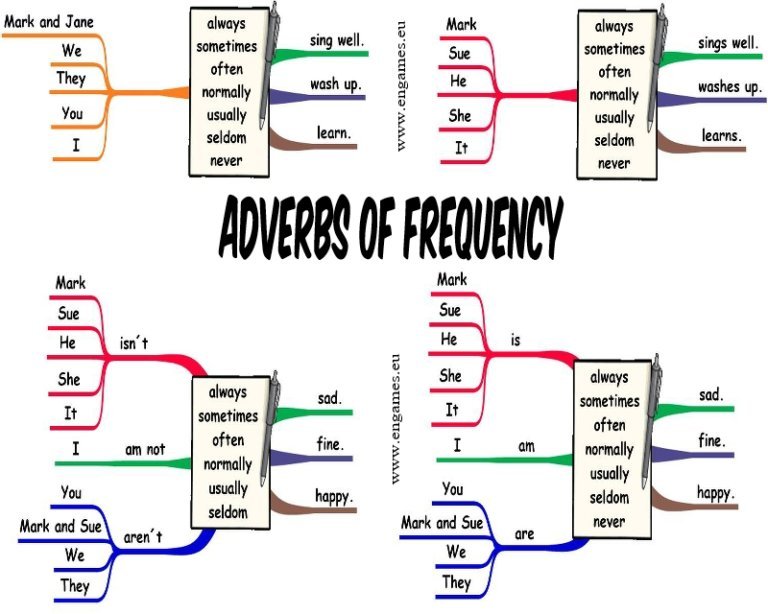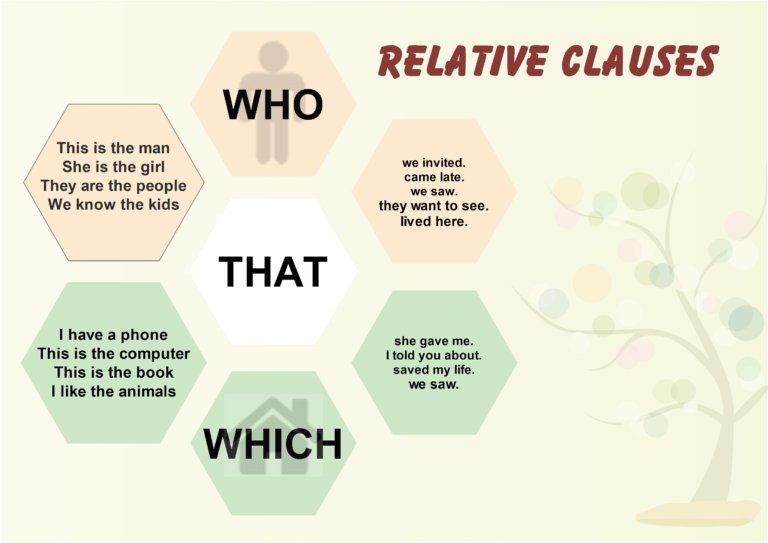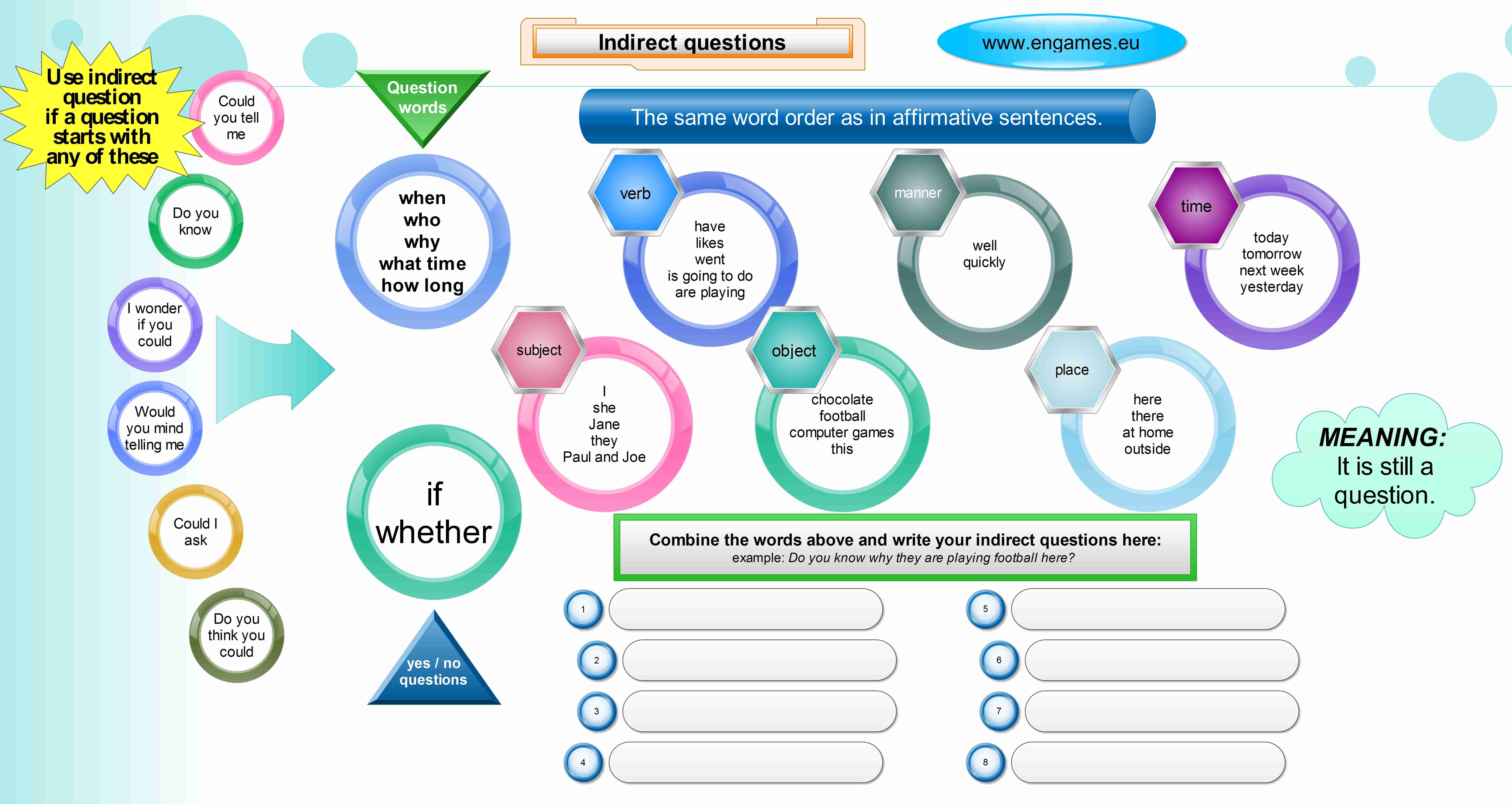Videos to Teach the Past Simple Tense
Recently I have created a set of videos to teach the past simple tense in English. There is a video that helps students learn to form the past tense in the following situations:

Recently I have created a set of videos to teach the past simple tense in English. There is a video that helps students learn to form the past tense in the following situations:

Adverbs of frequency are a really a complicated grammar. Even though many textbooks teach these words very early on, their usage is not simple and there are many exceptions to the rules. But as I have to present it to elementary students, I try to keep them as simple as possible and I keep all…

Relative clauses are one of the few grammar points I have covered just once. It might have been caused by the fact that I have always considered this grammar easy to understand and explain. Therefore, I never needed several infographics to help me. So it took several years before I created another infographic and a…

When students hear the phrase indirect questions, they get scared. But actually this is one of the easiest grammar points in English. The only thing you have to watch out for is that if a sentence starts with a certain phrase (Do you know or Could you tell me etc.) you have to use the…